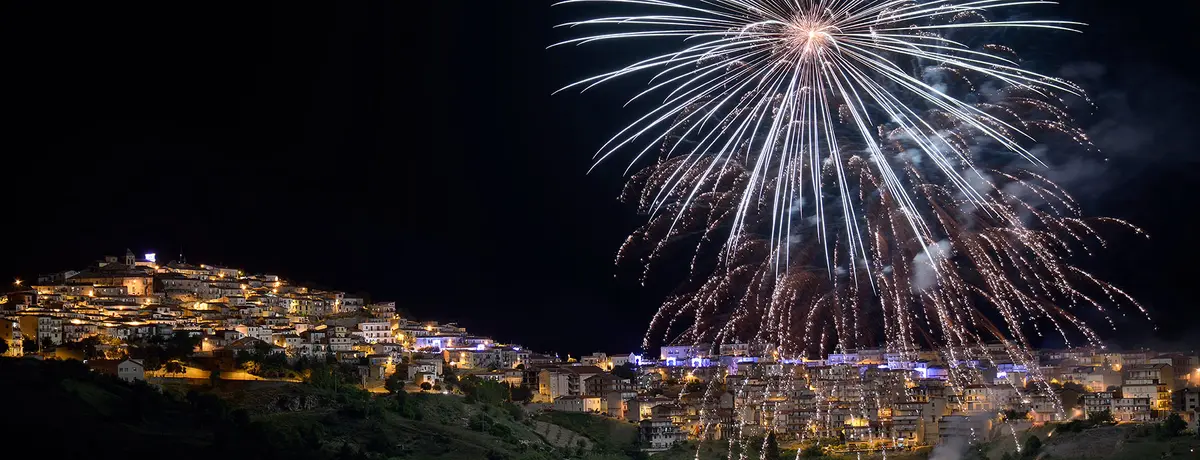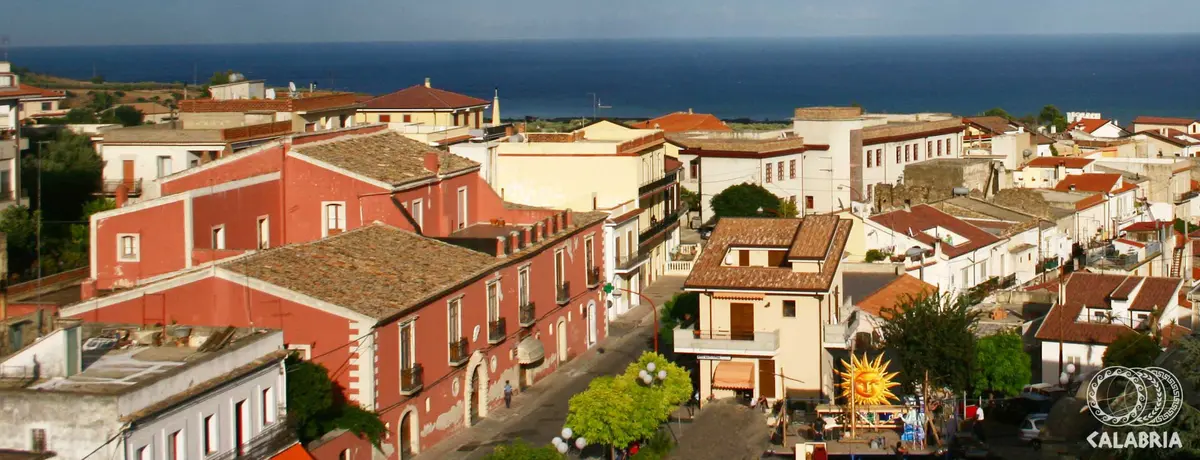Oriolo
Oriolo, among Italy's Most Beautiful Villages

The orange flags
Oriolo - Regione Calabria
Visit the village of Oriolo (CS), among Italy's Most Beautiful Villages in the Pollino National Park, in the province of Cosenza.
Oriolo is famous for some fine Calabrian agri-food products, as well as for the Castle of Oriolo, among the Frederician castles in Calabria, and its mediaeval historical centre, splendid to visit.
Lying at the foot of Oriolo Castle, erected by the Sanseverino family and intact in its original structure as a Frederician castle, the entire village of Oriolo contains some 17th-century jewels to discover, starting with the noble palaces. The Castle of Oriolo can be visited and is the venue for events and exhibitions in its various rooms: the Banqueting Hall, the Audience Hall, the Hall of Flags and the precious Bedchamber of Margherita Pignone del Carretto, with its dome frescoed with a Triumph of Apollo. Opposite the castle stands the splendid Mother Church of St George Martyr, of Norman origin, which houses a relic of St George and one of St Francis of Paola.
There are many museums not to be missed in the village of Oriolo, all part of the MUDAM - Museum of the Diffuse Arts and Crafts (Museum of Rural Civilisation in the 18th-century Palazzo Giannettasio, Civic Museum - ‘’House of Culture‘’, Municipal Art Gallery, Porta San Giacomo Gallery, House of Arts and Ideas). Finally, the Library Centre at Tarsia-Toscano Palace, a centre of valuable studies and sources on Oriolo and the whole of Calabria. Gourmets will love to taste three products with De.Co. (Municipal Denomination of Origin) marks in Oriolo, evidence of a virtuous supply chain of local agro-pastoral producers: Capretto da Latte, fennel-flavoured Taralli and Extra Virgin Olive Oil.
Useful information
What to know about Oriolo
Where to Sleep
There are 4 available accommodations.
Places
There are 3 places to visit.
Travel Ideas
There are 4 travel ideas.
Infopoint Oriolo
Via Pietro Toscani, 75, Oriolo
No result






